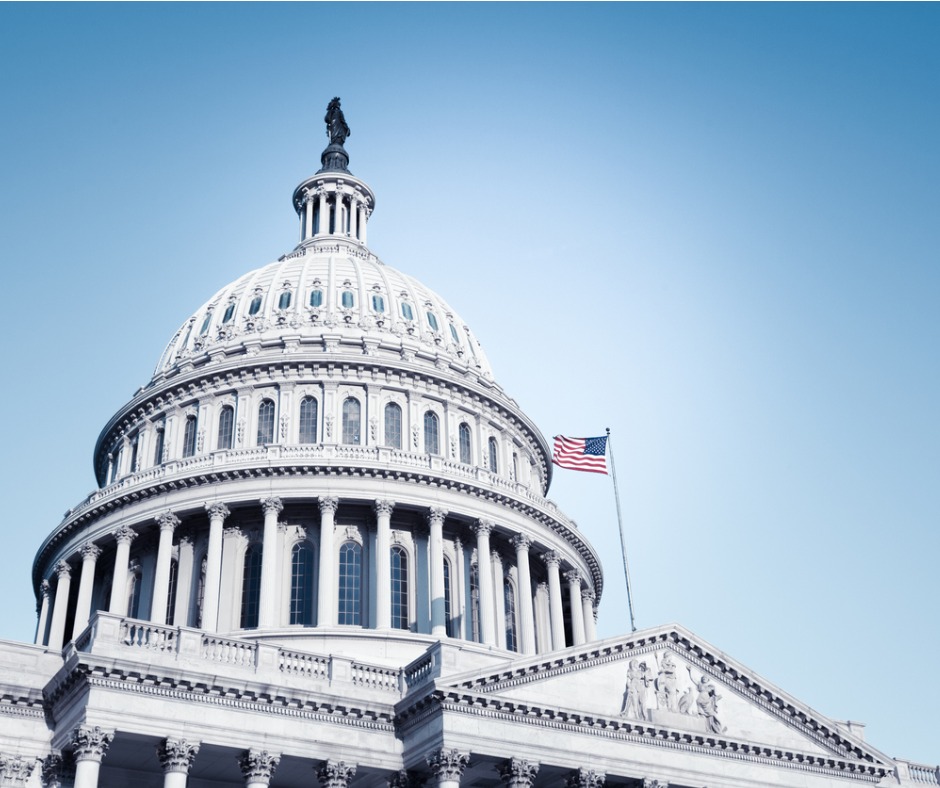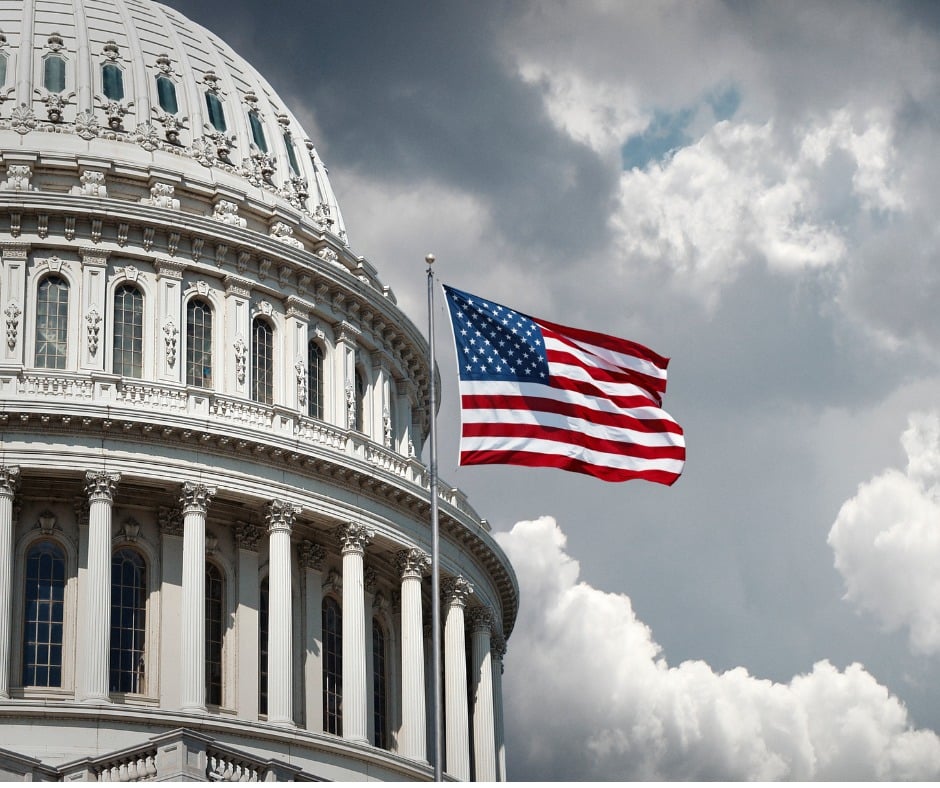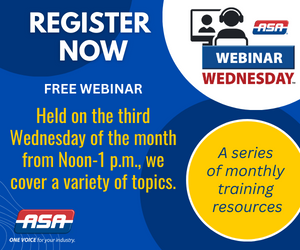Trump’s Day 1 Executive Orders on Foreign Trade
Examining What the Executive Orders Do and Potential Implications for ASA Members
President Trump took the oath of office on Monday, January 20, 2025, and he quickly got to work signing a whole host of executive orders (EOs) that same day. Not included among those EOs was an enactment of new tariffs on goods imported into the United States. However, he did sign a package of orders, which he collectively named “America First Trade Policy,” that could result in significant changes to the country’s approach to foreign trade and economics.
Automotive repairers will not feel a direct impact from the America First Trade Policy EO, but they might feel its impact indirectly.
Broadly, President Trump’s orders will result in federal agencies examining the causes for the United States’ trade deficit, other countries’ compliance with trade agreements, unfair trade practices undertaken by other countries that hurt American workers and businesses, and policy proposals to change the country’s foreign trade relationships that might improve the well-being of American workers and businesses. Implicitly, and sometimes explicitly, it puts particular focus on the United States’ economic relationships with China, Mexico, and Canada.
The first executive orders issued provide a general framework that then specifies its direction through the latter orders. For example, the first order (Section 2(a)) instructs certain agencies to investigate the causes of the country’s persistent trade deficits and the economic and national implications of such deficits. It also tasks those agencies with recommending policy solutions – such as a global supplemental tariff – to problems caused by deficits. Past statements and actions taken by President Trump leave little doubt where he stands on trade: he believes that trade deficits are inherently bad and tariffs should be used to protect domestic industries. The Section 2(a) report won’t change his views on this area, but it will provide guiding context for the reports required in more specific orders.
One such order is Section 2(d), which requires the office of the U.S. Trade Representative to report on how the United States-Mexico-Canada Agreement (USMCA) – a trade deal pushed for and signed by President Trump during his first term – has impacted American workers, service providers, businesses, and other stakeholders. The report will also provide recommendations for changes in USMCA the U.S. should pursue, if any. A related order, Section 3(b), will require the federal government to look at ways in which Chinese companies, aided by the Chinese government, circumvent tariffs, intended to prevent unfair trade practices, by shifting supply chains to third countries. This order implies that Chinese businesses exploit favorable trade rules enjoyed by Canada and Mexico in order to evade U.S. import tariffs. This issue preoccupies many automotive and automotive parts manufacturers. Section 4(d) represents another order with explicit significance to the automotive industry. Given concerns that Chinese stakeholders might use Americans’ sensitive personal information for nefarious purposes, this order instructs the U.S. Secretary of Commerce to recommend rulemaking actions the U.S. Office of Information and Communication Technology and Services could undertake to control the transfer of data from connected vehicles.
The America First Trade Policy Executive Order package by itself will not change any laws that affect independent auto repair businesses. However, the policy recommendations provided in the studies required by the EOs could become law. Some of those changes might benefit repairers in certain regards and hurt them in others. Undoubtedly, increased tariffs will make aftermarket parts more expensive and difficult to obtain, especially in the short run. On the other hand, they could also lead to higher levels of confidence in overall parts quality in the aftermarket. No one can say for sure which tradeoff would provide preferable outcomes for independent repairers. Only time can tell. In the meantime, repairers can prepare to make adjustments to their parts inventories by staying up to date on developments in trade policy.
Bob Redding is the Automotive Service Association’s Washington, D.C., representative. He is a member of several federal and state advisory committees involved in the automotive industry.










